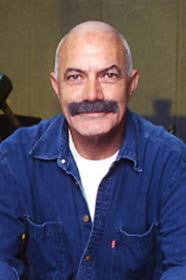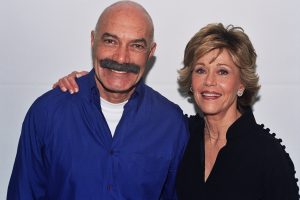To re-create the world of Paris in the early ‘30s, as filtered through Hugo Cabret, a fictional character, Scorsese aimed to create, as he put it, “a balance of realism and myth.” He brought researcher Marianne Bower onboard, who looked to lend authenticity, supported by historical photographs, documents and films of the period. She narrowed her search to isolate the time period of 1925 to 1931.
As a course of study for the creative departments, members of Team Hugo watched about 180 of Méliès’ films, about 13 hours’-worth, along with films of René Clair and Carol Reed, avant-garde cinema from the 1920s and ‘30s. They watched films of the Lumière brothers, and silent films from the ‘20s to study period tinting and toning. Reference was not limited to ‘moving pictures,’ as they also studied still photography of Brassaï (Hungarian photographer Gyula K. Halász, who memorialized Paris between the Wars) for the period look of the Parisian streets and the appearance and behavior of the background actors.
While some location filming would take place, the majority of filming was to be done at England’s Shepperton Studios, where the production designer Dante Ferretti would supervise the construction of Hugo’s world, which included a life-size train station with all of its shops, Méliès’ entire apartment building, his glass studio building, a bombed-out structure next door, a fully stocked corner wine shop and an enormous graveyard marked by huge monuments and stone crypts, among others.
The centerpiece of the tale, the station, was an amalgamation of design elements and structures lifted from multiple train stations of the period—some still in existence, which proved helpful to many of the artists; sadly, Gare Montparnasse was destroyed and rebuilt anew in 1969. Per Scorsese, “Our station is a combination of several different train stations in Paris at that time. Also, our Paris is really a heightened Paris…our impression of Paris at the time.”
Ferretti’s impressive sets were brought even more into the period with the help of set decorator Francesca Lo Schiavo, who joyfully admits that she had the pitiable task of repeated shopping trips to flea markets in and around Paris. She also supervised the reproduction of posters from 1930-31 for use in the station and on some building exteriors. Some design elements were also inspired references to some of the best of French cinema.
An experience from Ferretti’s youth also proved quite useful to the designer—at age eight, the father of his best friend worked with clocks, and once he began to incorporate them into his designs, “all my memory about this came back…I had forgotten everything.” (The actual construction of the clocks themselves was done by Joss Williams of special effects.)
When finished, the main hall of the train station filled a soundstage, running 150 feet in length, 120 in width and 41 in height. The overwhelmingly immersive environment allowed Scorsese and director of photography Robert Richardson to film all the movement, bustle and collision of the multiple stories dictated in Logan’s screenplay, including a rather breathless chase between the Station Inspector and Hugo.
Costume designer Sandy Powell also looked to the past for information and inspiration, but also, played fully with the idea of Scorsese’s ‘impression of Paris’ agenda. Vintage clothing figured heavily—for reference and for actual use—but for those actually worn by an actor, they had to be subjected to strengthening (at the very least) or even re-made.
Powell found Hugo’s signature striped sweater, then had copies made (several sets of identical costumes were necessary for characters who appear in largely unchanged outfits throughout the film). When Helen McCrory appears as a constellation in one of Méliès’ films, she was outfitted in a found skirt (from an old costume or ball gown from the ‘40s or ‘50s, Powell surmises), which, with added bodice, was refashioned into the airy costume befitting a ‘star.’ Kingsley’s costumes as Méliès were taken directly from photographs, then padded, to not only give the actor a more slumped silhouette, but also to remind him not to stand up straight.
But history did not always have the final say—for the Station Inspector’s uniform, Powell rejected the bottle green color called for in favor of a near-turquoise blue.










